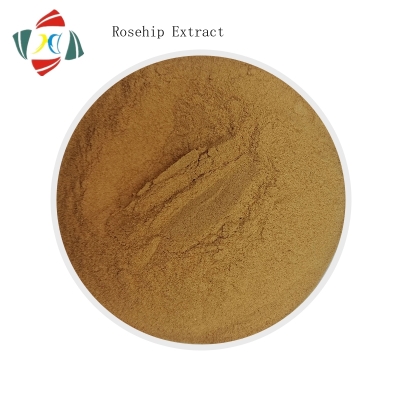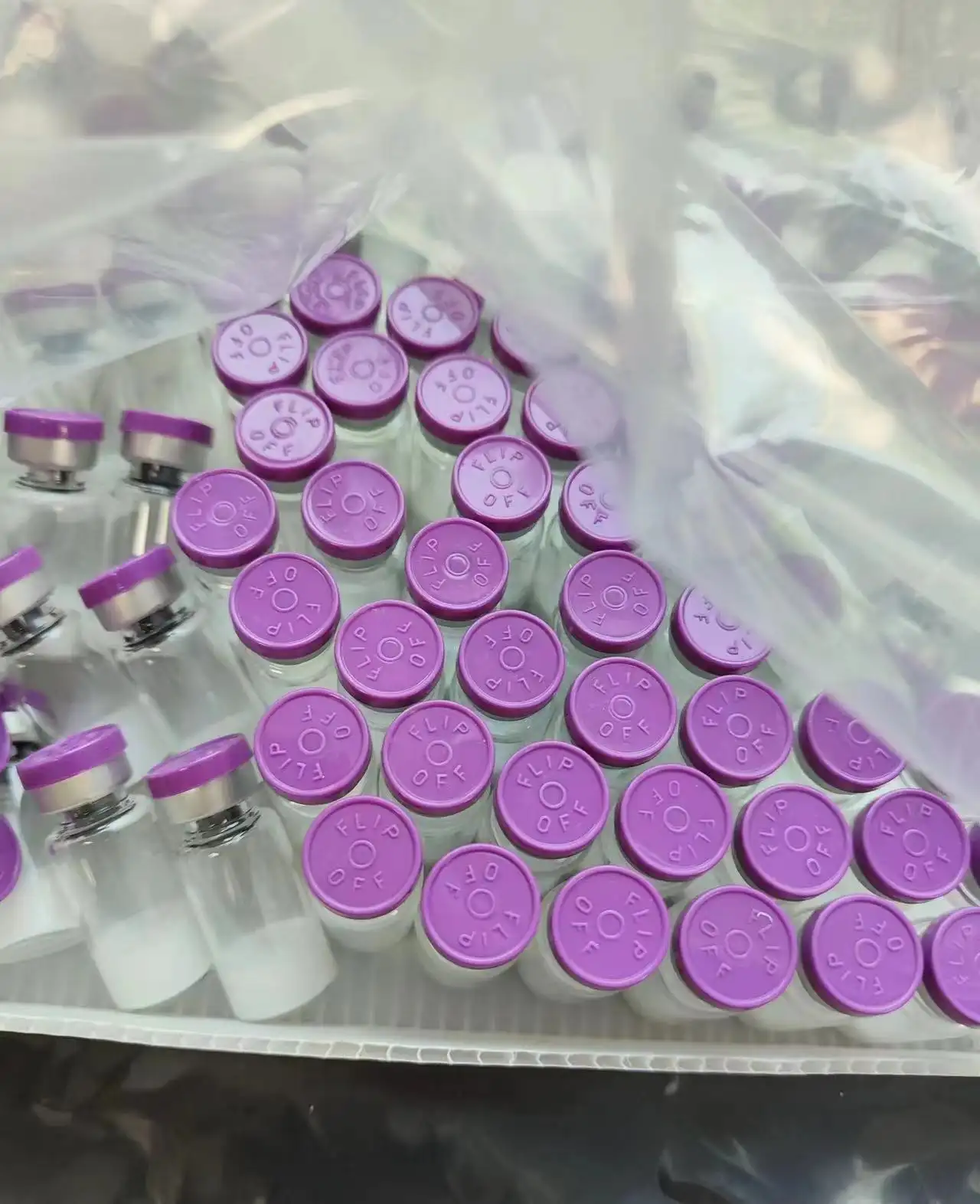Inflammation, fat deposition and new bone formation: the mystery of the structural progression of strong straight spina bifida.
-
Last Update: 2020-07-21
-
Source: Internet
-
Author: User
Search more information of high quality chemicals, good prices and reliable suppliers, visit
www.echemi.com
Don't want to miss Jiemei's push? Poke the blue word "medical rheumatism and nephropathy channel" to pay attention to us, and click the "··" menu in the upper right corner, and select "set as star" IL-17A is not only a key factor in inflammation of as, but also a key mediator of bone remodeling.pathological new bone formation is one of the characteristics of ankylosing spondylitis, which can eventually lead to severe spinal ankylosis and joint deformity.results in impaired function and decreased quality of life. However, the mechanism is still unclear.after the preliminary exploration of the pathway of new bone formation, it has been found that there are close and complex links between inflammation, fat deposition and new bone formation.is there a sequential relationship between inflammation, fat deposition and new bone formation? Why does new bone formation still occur after inflammation subsides? Which cytokine plays a key role in the process of new bone formation? Which drugs can effectively inhibit the formation of new bone and delay the structural progress of as? In this paper, relevant research contents in recent years are summarized, and Professor Ye Shuang of Renji Hospital Affiliated to Medical College of Shanghai Jiaotong University is invited to comment and share his brilliant views with readers.a hypothesis: it begins with inflammation, passes through repair and ends with new bone.based on previous research results, some scholars have proposed a hypothesis on the mechanism of new bone formation: new bone formation starts from inflammation, through tissue repair, and finally develops into new bone formation (Fig. 1).this was summarized in a review published in the current rhaumatology reports in 2017 [1].the data from Esther and Infast studies on the hypothesis of new bone formation process show that there is a close correlation between active inflammation at the spine and sacroiliac joints and new fatty metaplasia in patients with as [2,3]. That is, after effective anti-inflammatory treatment, the signs of adiposis can be observed in the same position of inflammation in many as patients.several MRI studies have confirmed that during the follow-up of axspa patients, the changes of "inflammation → fat deposition → new bone formation" can be observed from MRI and X-ray examination results over time.studies have shown that the correlation between new fat deposition and new bone formation is stronger than that of simple fat deposition or inflammation [4].Fig. 2 MRI and X-ray examination of the same patient at the same time showed extensive pathological changes of the spine in patients with advanced as a. active inflammation (osteoarthritis) B. fat deposition C. new bone formation (ligament osteophyte) researchers believe that in the normal course of disease, as inflammation is fluctuating, and new bone formation and inflammation may be two relatively independent processes.as shown in Figure 3, new bone formation may continue to occur after the inflammation subsides, even if effective anti-inflammatory treatment is taken.Fig. 3 inflammation, fat deposition and new bone formation: who is the ideal therapeutic target? These results can inspire us to think more deeply about the treatment of as: it is difficult to achieve the goal of inhibiting new bone formation and delaying imaging progress only by anti-inflammatory treatment.TNF - α, IL-23, IL-17 and other cytokines are involved in the occurrence and development of as. However, studies have shown that not all targeted therapies targeting single cytokine can directly inhibit the formation of new bone in as.with the further development of relevant research, it has been recognized that IL-17A can induce a series of pathological reactions, such as inflammation, matrix destruction, vascular activation, bone erosion, new bone formation, etc., which plays an important role in many aspects of as disease and can be used as a key target for the treatment of as [5,6].some research data from animal models and in vitro studies show that IL-17A can promote new bone formation by promoting the differentiation of bone marrow mesenchymal stem cells into osteoblasts and activating JAK2 / STAT3 signaling pathway related to osteogenesis (Fig. 4) [5]. animal studies have shown that the treatment of HLA-B27 transgenic rats with IL-17A inhibitors can not only effectively reduce the inflammatory level of the axial and peripheral joints, but also reduce the structural damage including new bone formation. the results showed that compared with the control group, the number of new bone formation lesions and low-density bone in the animal models treated with IL-17A inhibitor were significantly less, which confirmed that the IL-17A inhibitor could effectively inhibit the formation of new bone [7]. Fig. 4 IL-17A promotes the differentiation of mesenchymal cells into osteoblasts. There is no evidence that TNF - α is directly related to osteoblasts. data: IL-17A targeted therapy can reduce the formation of new bone. Due to the lack of disease cognition and health awareness, rheumatology department medical resources are relatively scarce. In China, as patients generally go to hospital late and often suffer from severe illness, and most patients have developed fat deposition or new osteophytes [8,9]. studies have shown that targeted treatment of IL-17 can still effectively delay the imaging progress of as and reduce the formation of new bone. the results of an observational study showed that after 94 weeks of treatment with scuziumab, an IL-17A inhibitor, in as patients with fat deposition, 30% of the vertebral margin fat deposition with fat deposition at baseline disappeared (Fig. 5) [10]. this suggests that IL-17 inhibitors can reverse the fat deposition in as patients to some extent. on the other hand, the disappearance rate of fat deposition reported in the TNF inhibitor study was low (< lt; 6%) [11]. Fig. 5 sikuqiyoumab can reverse the fat deposition of as patients to a certain extent. A number of previous trials show that although TNF inhibitors can reduce the symptoms and signs of as patients and improve their physical functions, they can not delay the imaging progress of the disease [12,13]. for as patients who had been diagnosed for 2-4 years and received TNF inhibitor treatment, their spinal radiology progress was evaluated by msasss score, and there was no significant difference between the score changes and the observation results of pre TNF inhibitor era (i.e., the era when TNF inhibitors had not been used in as treatment) [12,14]. however, clinical research data show that targeted inhibition of IL-17A can effectively reduce the formation of new bone and protect the joint structure even if osteophytes have appeared. measure 1 study showed that 97% of patients without osteophytes at baseline did not develop new osteophytes at 104 weeks after receiving scuzibizumab, and 73% of patients with ligament osteophytes at baseline did not develop new osteophytes (Figure 6) [15]. at 208 weeks of treatment, nearly 80% of patients had no radiographic injury compared with baseline (msasss score change from baseline < 2), and spinal injury did not worsen within 4 years (Figure 7) [16]. Figure 6. The measure1 study showed that scuzibizumab effectively reduced the formation of new osteophytes in as patients. 7. The measure1 study showed that nearly 80% of as patients had no deterioration of spinal injury within 4 years after treatment with scuzibizumab More and more evidences have shown that the new bone formation of axspa starts from subchondral bone marrow inflammation, and finally forms new osteophytes through the process of granulation repair tissue [1]. effective anti-inflammatory treatment in the very early stage of the disease may reduce the formation of new bone. However, due to the fact that most as patients in our country are hospitalized late, for as patients with fat deposition, single anti-inflammatory treatment has limited effect on delaying new bone formation and reducing structural damage. IL-17A is not only the key factor of inflammation, but also the key mediator of bone remodeling [17]. targeted inhibition of IL-17A can not only effectively control inflammation, relieve disease symptoms, but also inhibit new bone formation, delay imaging progress and reduce structural damage. Professor Ye Shuang has entered the era of "targeted" treatment in rheumatology in the past 20 years. with the development of more and more drugs with different mechanisms, the prognosis of rheumatic patients has gradually been improved. the application of targeted drugs with new mechanisms of action, in turn, has deepened the understanding of clinicians for such complex diseases. the monoclonal antibody against IL-17 has made a remarkable breakthrough in the field of psoriasis, and has obtained the indications for the treatment of as. the mechanism of as attachment site inflammation and new bone formation caused by it is worthy of clinical attention. "we are looking forward to using various tools reasonably in clinical practice to achieve the unity of knowledge and practice, and ultimately better solve the problems for patients. Prof. Ye Shuang, director of rheumatology department, South Hospital, Renji Hospital, Shanghai Jiaotong University Medical College, member of Chinese rheumatology society, member of rheumatism branch of Chinese Medical Association, member of Standing Committee of rheumatism and Immunology branch of Chinese Medical Association, member and Secretary of rheumatism branch of Shanghai Medical Association, et al. Current Rheumatology Reports.2017;19(9):55.[2] Song IH, et al. Semin Arthritis Rheum. 2016;45(4):404–10.[3] Poddubnyy D,et al. Arthritis Rheumatol. 2016;68(8):1899–903.[4] Machado PM,et al. Ann Rheum Dis. 2016;75(8):1486–93.[5] McGonagle DG et al. Ann Rheum Dis. 2019 Sep;78(9):1167-1178.[6] Siebert S et al. Ann Rheum Dis. 2019 Aug; 78 (8): 1015-1018. [7] van tok Mn, et al. Arthritis rheumatol. 2018 Nov 2. [8] Ma Xiao, et al. Chinese Journal of clinicians. 2015; 43 (11): 33-37. [9] Peng Jianhua. Magnetic resonance imaging and immunopathology of sacroiliac joint in early ankylosing spondylitis. Doctoral dissertation, Shantou University School of medicine. 2015. [10] Baraliakos x, et al al.Ann Rheum Dis. 2016 Feb; 75(2):408-12.[11] Baraliakos X, et al. Arthritis Rheum.2013;65(10) (Suppl):S768.[12] van der Heijde D, et al. Arthritis Rheum. 2008;58(10):3063–70.[13] Braun J, et al. Ann Rheum Dis. 2012;71(5):661–7.[14] Poddubnyy D,et al. Arthritis Rheum.2012;64(5):1388–98.[15] Braun J et al. Ann Rheum Dis. 2017;76(6):1070-1077 and Supplementary Tables. [16] Braun j et al. Rheumatology (Oxford). 2019; 58 (5): 859-868. [17] lories R, mellones 1b. Nature Medicine 2012-18:1018-19. This content is for medical professionals' reference only, MCC No. cas20043670, valid for 2021-04-21. The data expired shall be deemed as invalid. love me, please show me!
This article is an English version of an article which is originally in the Chinese language on echemi.com and is provided for information purposes only.
This website makes no representation or warranty of any kind, either expressed or implied, as to the accuracy, completeness ownership or reliability of
the article or any translations thereof. If you have any concerns or complaints relating to the article, please send an email, providing a detailed
description of the concern or complaint, to
service@echemi.com. A staff member will contact you within 5 working days. Once verified, infringing content
will be removed immediately.







